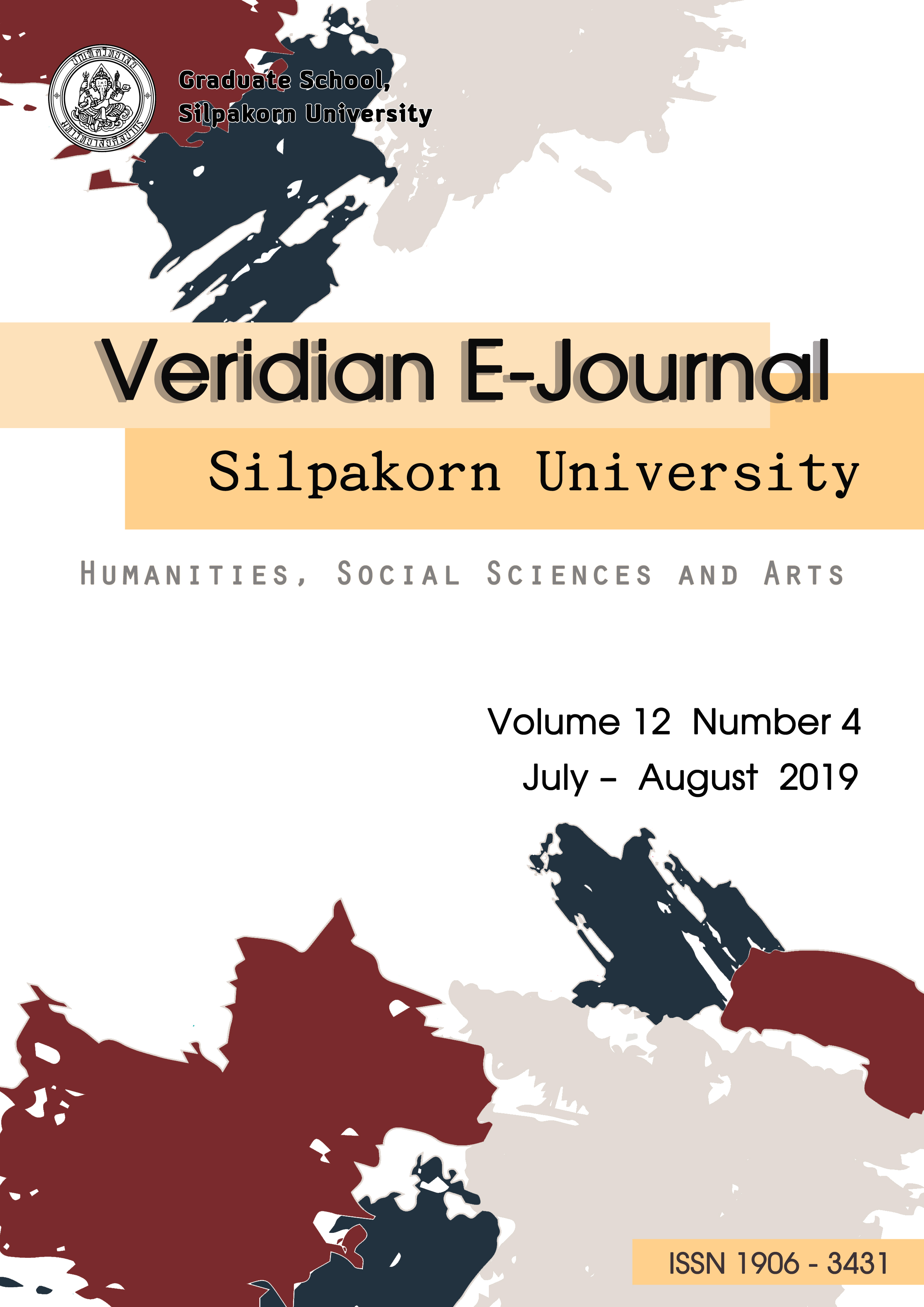ประวัติศาสตร์และคุณค่าทางอารยธรรมสมัยทวารดี (Historical Ecology And Dvaravati Civilization)
Main Article Content
บทคัดย่อ
บทความนี้ ผู้เขียนต้องการจะศึกษาวิเคราะห์ข้อมูลเอกสาร ที่กล่าวถึงการเข้ามาของพระพุทธศาสนาในแผ่นดินไทยจากเอกสารต่าง ๆ เช่น คัมภีรพระไตรปิฏก อรรถกถา วรรณกรรม พระพุทธศาสนาในลังกา พม่า ล้านนาและล้านช้าง ตลอดถึงงานค้นคว้าของนักประวัติศาสตร์และนักโบราณคดีที่ได้ศึกษาวิเคราะห์เกี่ยวกับเรื่องอารยธรรมสมัยทวารวดี (เมืองอู่ทอง) รวมทั้งการวิเคราะห์ข้อมูลทางด้าน ศิลปกรรมว่า มีความเกี่ยวข้องกันมากน้อยเพียงใด ซึ่งจะก่อให้เกิดองค์ความรู้ใหม่ ๆ รวมทั้งการเผยแผ่ การเข้ามาของพระพุทธศาสนาตลอดถึงร่องรอยและอิทธิพลด้านต่าง ๆ ที่ได้รับจากพระพุทธศาสนา อันจะนำมาเพื่อประโยชน์ต่อท่านผู้สนใจทางประวัติศาสตร์ทางคุณค่าอารยธรรมของทวารวดีทุกท่าน
The development of Buddhism in Thailand has a long history. In order to go into detail about its history, it is necessary to divide it into three different key periods of time, all which have greatly influenced this religion and the spiritual founder Siddhartha Gautama. These three time periods that we will look at include: Theravada, from the Asoka period; the Mahayana period; and finally, the Theravada from Sri Lanka. Siddhartha Gautama’s life accounted for his life discoveries, monastic rules practiced, and path to enlightenment, which is followed by current Buddhists.
First, we will look into the period were Buddhism first started in Thailand during the Theravada from Asoka’s period. Buddhism was introduced and established by King Asoka in Patalilbutta City during the 3rd century B.C. King Asoka sent monks out of the country to follow and learn about Buddha’s teachings. While other monks were learning the ways of Buddha, two monks stayed behind in Thailand to teach people there. During this period, the first signs of Buddhism were seen in Thailand and became very prevalent.
Since the introduction of Buddhism in Thailand, it became noticeable that these beliefs also started to spread to other areas of Asia during the Mahayana period. King Kanitsaka the Great had the intention of spreading Buddha’s teachings farther than just his kingdoms. He began to send groups of monks throughout Central Asia in order to help spread the word. Once Mahayana’s Buddhism expanded into Thailand, it became widely accepted by the people. Mahayana’s Buddhism spread from the southern regions, to the north via the central areas of the country. This created a large multicultural society, with different dialects that still, today, inhabit the Thai language. The spread of the beliefs of Buddhism had officially begun in Thailand.
This article needs to be analyzed something it is coming from philosophy of Buddhism. This is the land of Thailand. References from documents such as Phra Trai-Pidok, Commentary, Literature, and Buddhism in Ceylon. So we now emphasize on to Dvaravati(U-Thong) as a Burma Lanna and Lan Chang Throughout the research of historians and archaeologists who have studied the subject of civilization Dvaravati. (U-Thong county), as well as the analysis of artistic information that is too relevant. This will create some new knowledge as well as propaganda. The arrival of Buddhism are all the traces and influences of Buddhism. This will be useful for those interested in the history of the value of civilization of Dvaravati (U-Thong)

